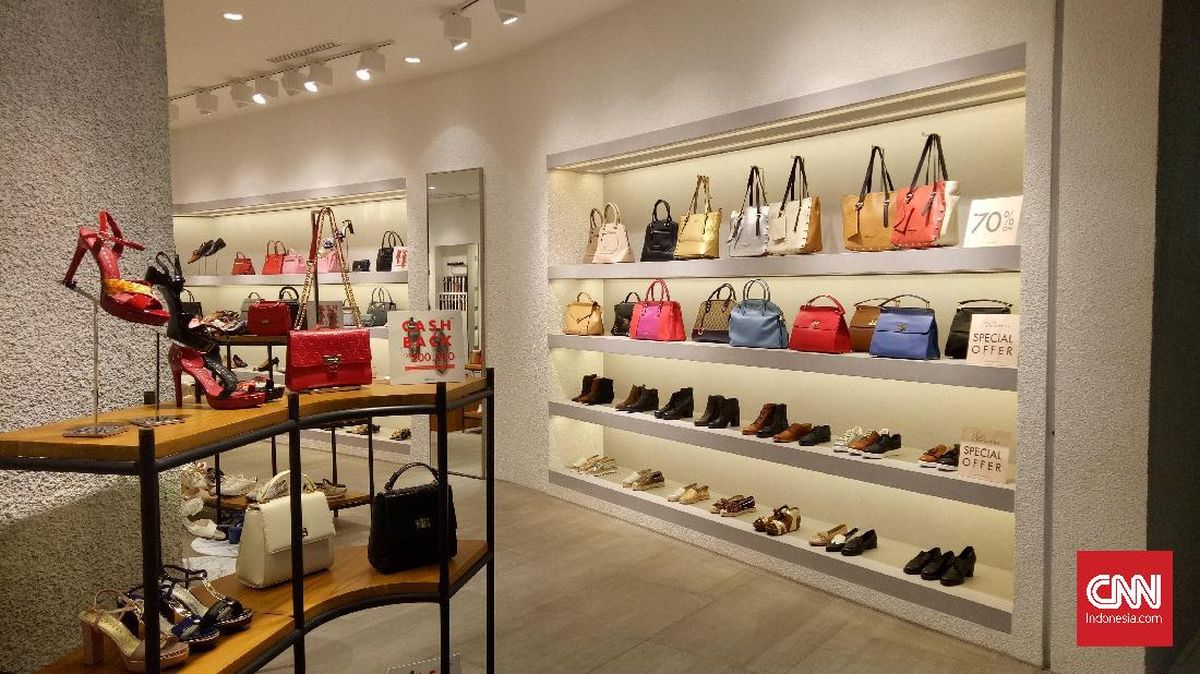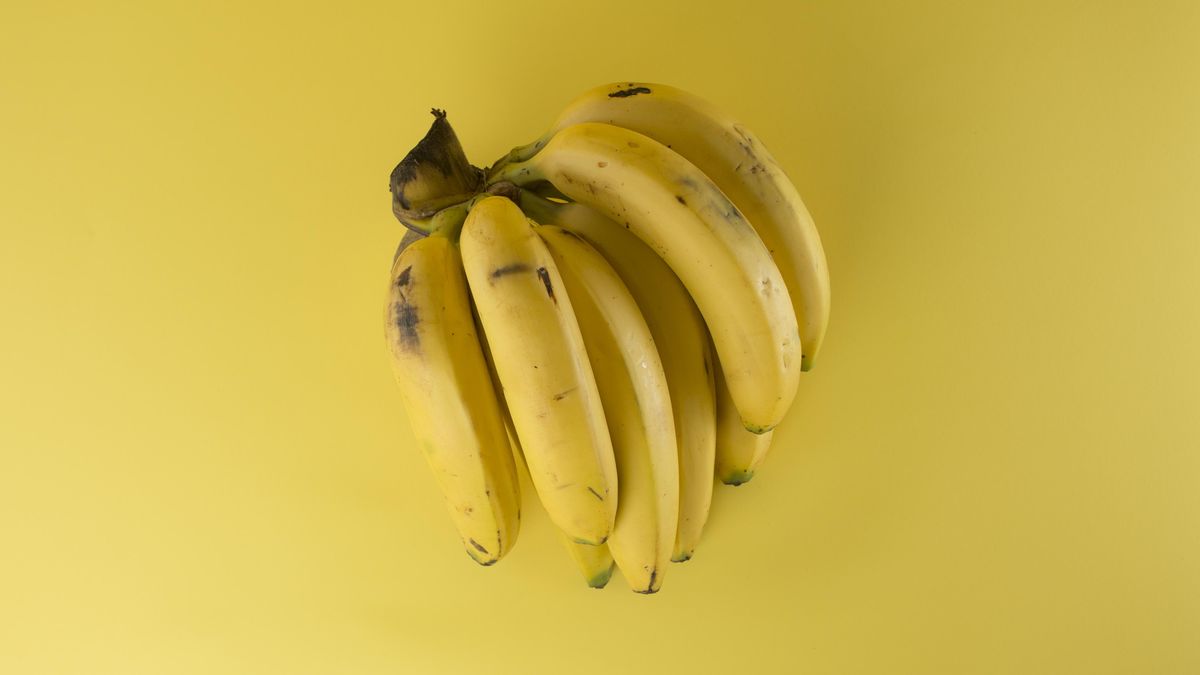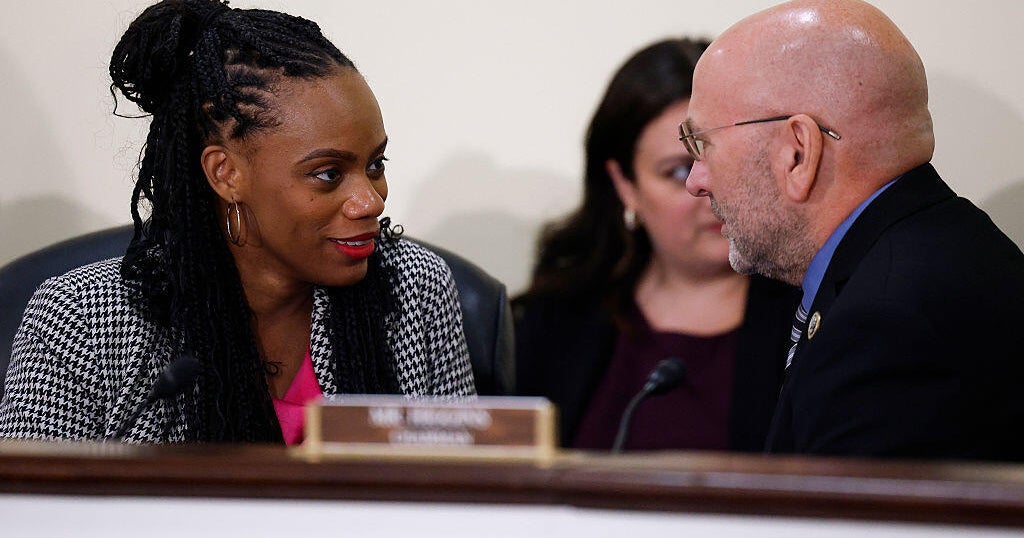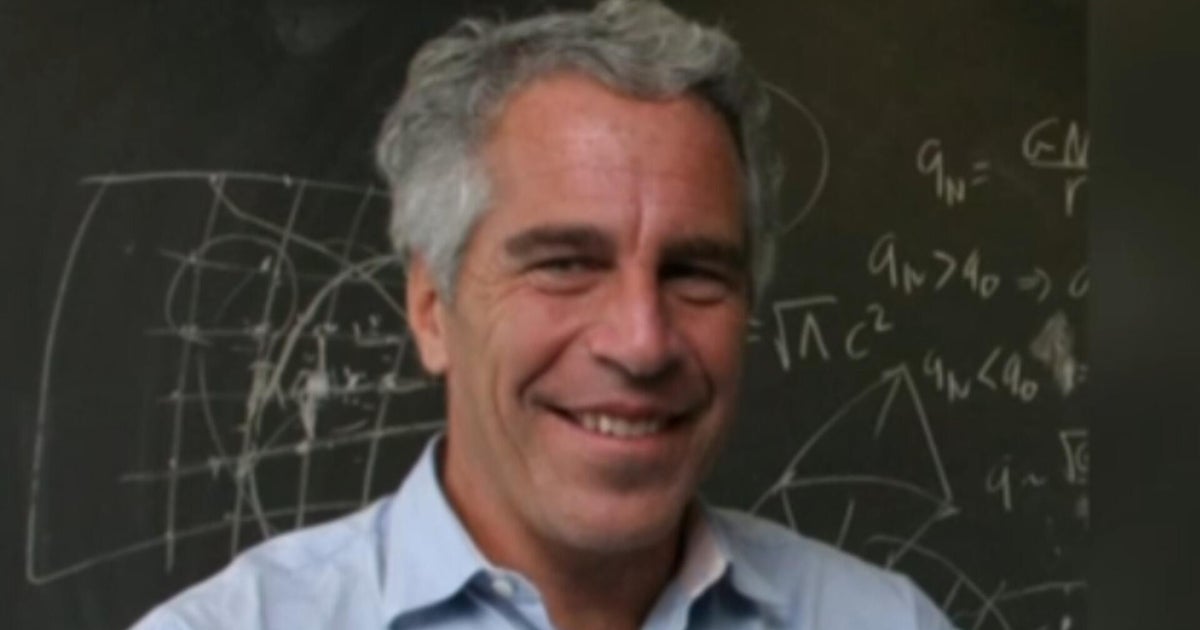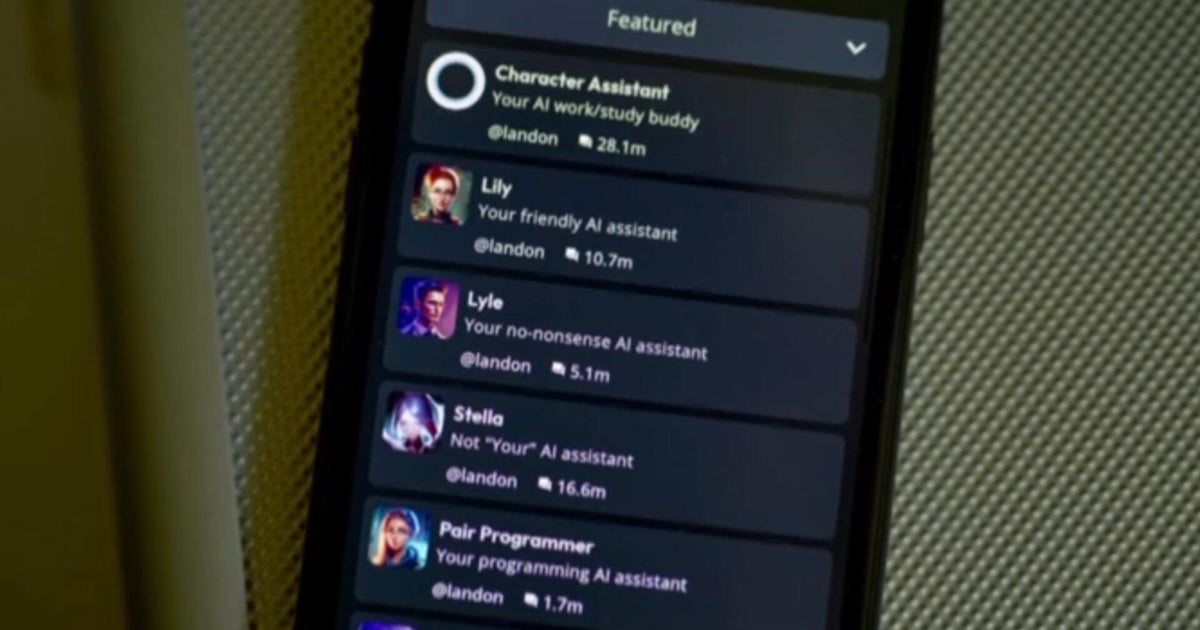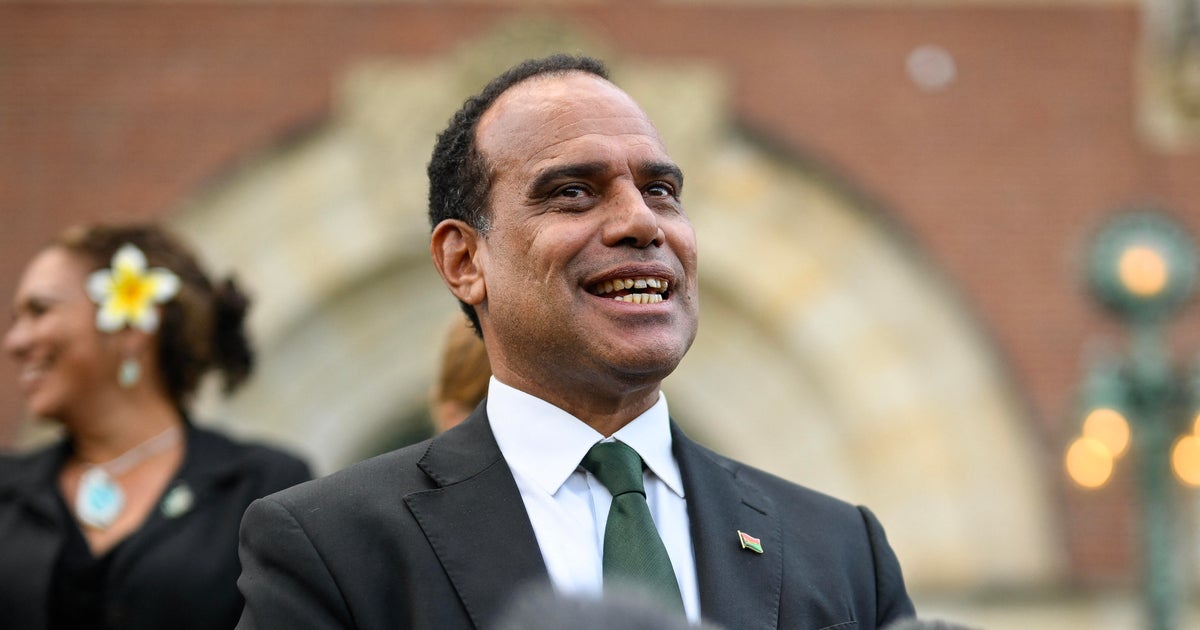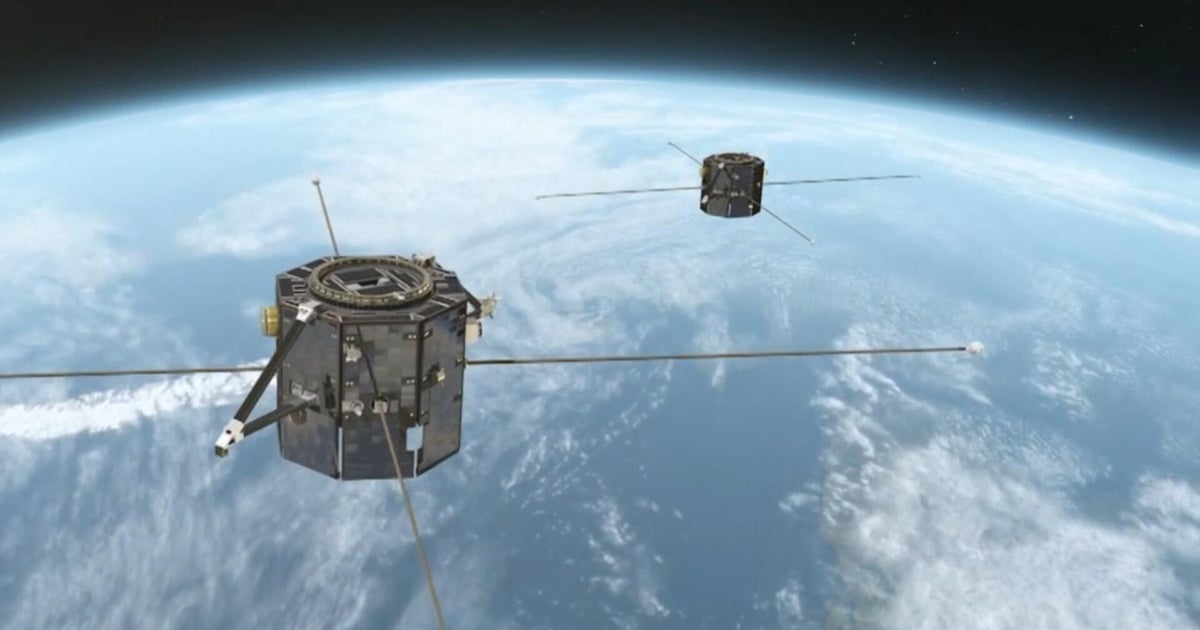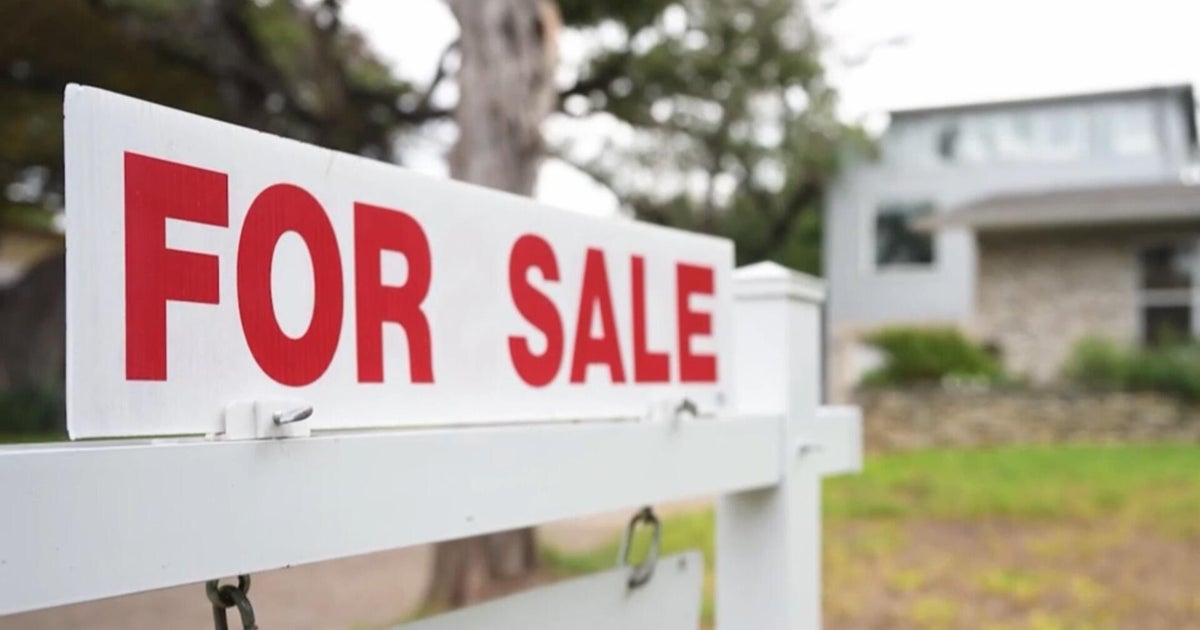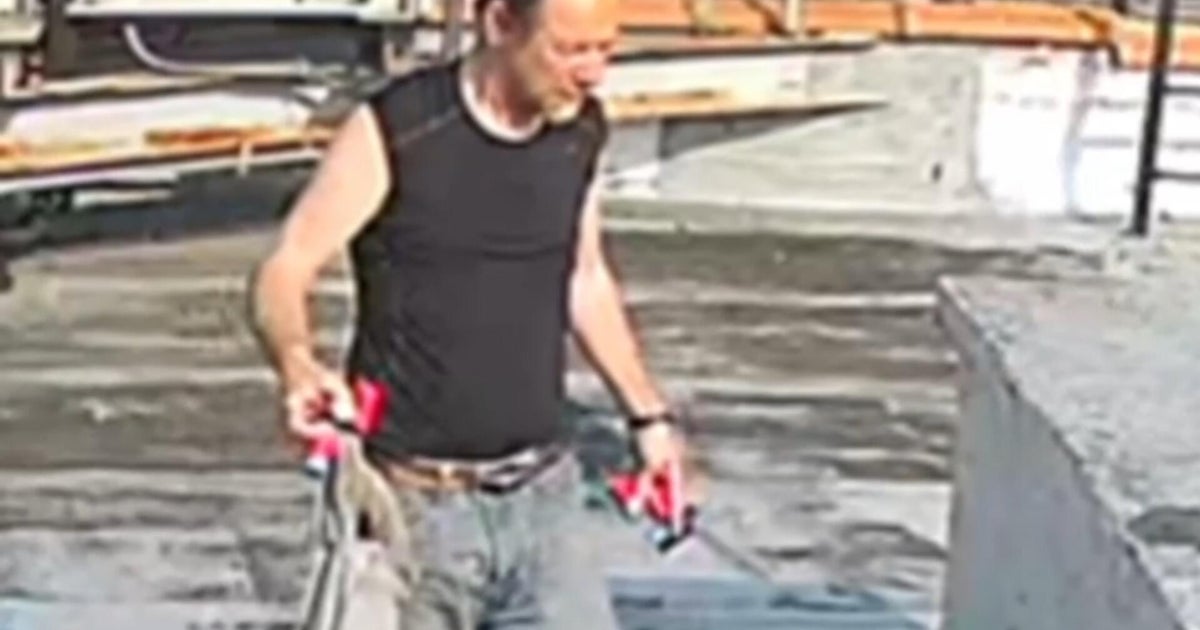Up to 34 large trees will be cut down at Albert Park to make way for the state government’s $350 million upgrade of Melbourne’s grand prix facilities.
Workers used heavy machinery to fell several trees around the park’s permanent pit lane building on Tuesday as part of a major redevelopment of the street circuit’s garages and hospitality zone.

Trees that were cut down to make way for an upgrade to the Albert Park pit lane.Credit: Joe Armao
The new facilities are being built after the Labor government renegotiated its contract with Formula 1 owners Liberty Media in 2023 to ensure the event stays in Melbourne until 2037.
As part of the new deal, the state government agreed to upgrade the pit lane garages, race control and media centre, as well as the Paddock Club hospitality area. It is expected to be open by 2028.
Construction will not begin until after the 2026 F1 race, however early works have started, including the erection of temporary fencing and clearing of trees that are in the path of the new buildings.

Workers felling the trees at Albert Park on Tuesday morning.Credit: Joe Armao
Opponents of Formula 1’s annual takeover of the park say it is yet another increase to the permanent footprint of an event that was always supposed to be temporary.
“It’s just another, further encroachment on a public park, all for an event that’s three days every year,” said Geoff Gowers, a committee member of Save Albert Park, which has protested the lakeside grand prix since before its inception in 1996.
“It involves carting in thousands of tons of concrete and steel. And then taking them back out again. So you might well say it’s already an environmental disaster, as well as cutting down trees.”
The felled trees include exotic Yunnan poplars, Australian spotted gums and exotic Callery pears. The government has promised to replant 120 trees.
The original masterplan for the Melbourne grand prix released by the Kennett government in the mid-1990s caused controversy as it led to the loss of a significant number of trees in the park, however others were planted to replace them.
Gowers said the trees being cut down on Tuesday were, ironically, some of those trees planted 30 years ago. “History repeats itself,” he said.
Save Albert Park spokesman Peter Logan said Albert Park was being destroyed in favour of a loss-making event.
In 2023 and 2024, Victorian taxpayers paid $100 million each year to cover the shortfall in revenue which failed to meet the costs of staging the grand prix.
In November, The Australian Financial Review reported that the state had paid nearly $700 million to keep in the event running in the past decade.
“All of our successful events in Melbourne are permanent venues, we can’t retrofit Albert Park to be a motor racing circuit,” he said.
“It’d be better to move it to a circuit somewhere, and then they might be able to cut their losses.”

Save Albert Park members Geoff Gowers (left) and John Middleton (right) at Albert Park.Credit: Joe Armao
The new Albert Park facility will include seven indoor sports courts and improved clubrooms for clubs using the outdoor fields.
Loading
The new F1 deal will also see the state government hand all corporate revenue generated by the Paddock Club to Liberty Media, with average tickets typically selling for $6000 each.
Under an agreement previously struck between founding grand prix chairman Ron Walker and former F1 supremo Bernie Ecclestone, the Australian Grand Prix kept the revenue it raised through the club.
Parks Victoria referred a request for comment to the Department of Jobs, Skills, Industry and Regions. Port Phillip Council was also contacted for comment.
Most Viewed in National
Loading



